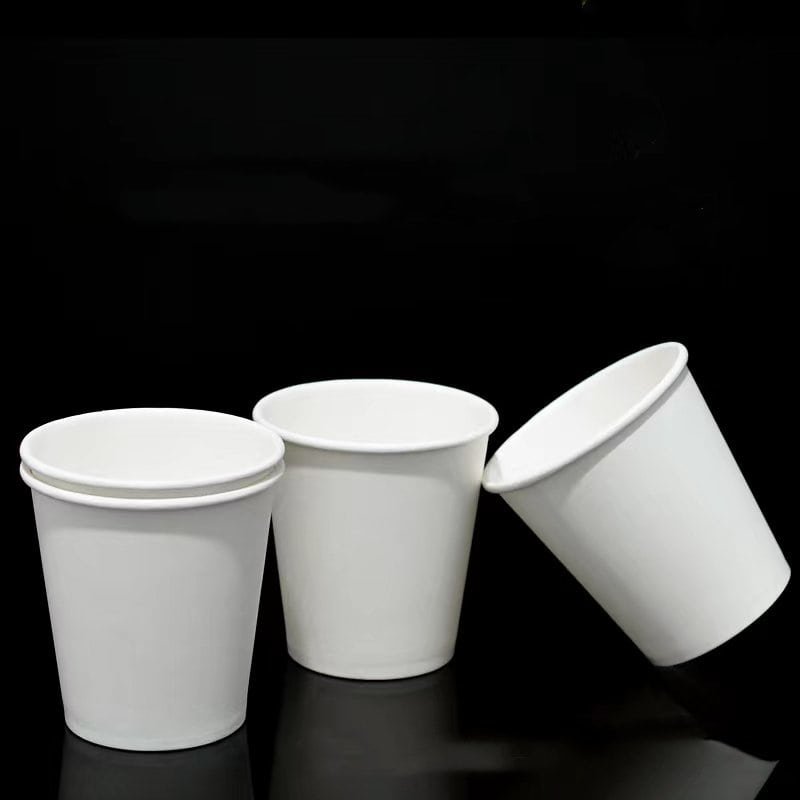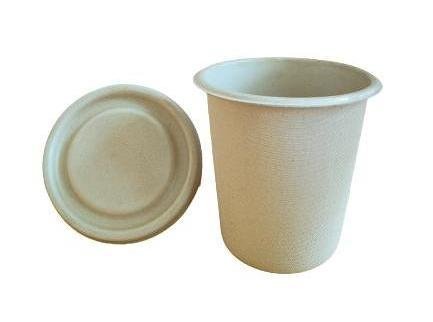In our fast-paced world, disposable paper cups have become a staple of convenience. Whether it’s your morning coffee on the way to work or a quick refreshment at a fast-food restaurant, these cups are everywhere. However, their widespread use has raised significant environmental concerns. Understanding the environmental impact of disposable paper cups and exploring eco-friendly alternatives is crucial for creating a more sustainable future.
Disposable paper cups are convenient but have significant environmental drawbacks. By exploring their sustainability aspects and eco-friendly alternatives, we can make more informed decisions that benefit both the planet and our businesses.
Let’s delve into the sustainability aspects and eco-friendly alternatives of disposable paper cups.
The Environmental Impact of Disposable Paper Cups
1. Resource Consumption
Disposable paper cups are primarily made from paper, which requires the harvesting of trees. The production process involves cutting down millions of trees each year, contributing to deforestation and loss of biodiversity. Additionally, manufacturing these cups consumes a significant amount of water and energy, further straining natural resources.
2. Plastic Lining
Most disposable paper cups are coated with a thin layer of plastic (polyethylene) to make them waterproof. This plastic lining complicates the recycling process, as it requires specialized facilities to separate the paper from the plastic. As a result, many paper cups end up in landfills where they take years to decompose.

3. Waste Generation
Disposable paper cups contribute significantly to global waste. In the United States alone, it’s estimated that over 50 billion paper cups are discarded annually. This massive amount of waste places a considerable burden on waste management systems and contributes to pollution.
4. Carbon Footprint
The production, transportation, and disposal of disposable paper cups result in a considerable carbon footprint. From the energy used in manufacturing to the emissions from transporting the cups to various locations, the entire lifecycle of a paper cup contributes to greenhouse gas emissions and climate change.
Eco-Friendly Alternatives to Disposable Paper Cups
1. Reusable Cups
One of the most effective ways to reduce the environmental impact of disposable paper cups is to switch to reusable cups. Reusable cups made from materials like stainless steel, glass, or BPA-free plastic can significantly cut down waste and resource consumption. Encouraging customers to bring their own cups or offering incentives for using reusable cups can drive this change.
2. Compostable Cups
Compostable cups are made from biodegradable materials such as plant-based plastics or paper with water-based coatings. These cups can break down in composting facilities, reducing landfill waste. However, it’s essential to ensure that these cups are disposed of correctly in composting bins and not in regular trash.

3. Recyclable Cups
Recyclable cups are designed to be easily processed in standard recycling facilities. They typically use materials that can be separated and recycled without specialized equipment. Choosing recyclable cups and clearly labeling recycling instructions can help improve recycling rates.
4. Cup-Sharing Programs
Implementing cup-sharing programs in coffee shops and restaurants can be an innovative solution. These programs involve providing customers with reusable cups that can be returned, cleaned, and reused. This system reduces the need for single-use cups and promotes a circular economy.
5. The Role of Businesses and Consumers
Business Initiatives
Businesses play a crucial role in promoting sustainability. Implementing policies that encourage the use of reusable cups, offering compostable or recyclable alternatives, and educating customers about proper disposal methods can make a significant difference. At HMZ Technology, we are committed to providing eco-friendly packaging solutions to help our clients reduce their environmental impact.
6. Consumer Responsibility
Consumers also have a part to play in reducing the environmental impact of disposable paper cups. By opting for reusable cups, properly disposing of compostable and recyclable cups, and supporting businesses that prioritize sustainability, consumers can contribute to a greener future.
Frequently Asked Questions
How do disposable paper cups impact the environment?
Disposable paper cups contribute to deforestation, waste generation, and carbon emissions. Their plastic lining makes recycling difficult, leading to significant environmental pollution.
What are the benefits of using reusable cups?
Reusable cups reduce waste, conserve resources, and lower carbon footprints. They are a sustainable alternative that can be used multiple times, cutting down on the need for single-use cups.
Are compostable cups a good alternative to disposable paper cups?
Yes, compostable cups made from biodegradable materials can reduce landfill waste if disposed of correctly. However, they require access to composting facilities to break down properly.
Conclusion
Understanding the environmental impact of disposable paper cups is essential for making more sustainable choices. By exploring eco-friendly alternatives like reusable, compostable, and recyclable cups, we can reduce waste and conserve resources. At HMZ Technology, we are committed to providing sustainable food packaging solutions that benefit both businesses and the environment. Let’s make a conscious effort to choose greener options and protect our planet for future generations.
